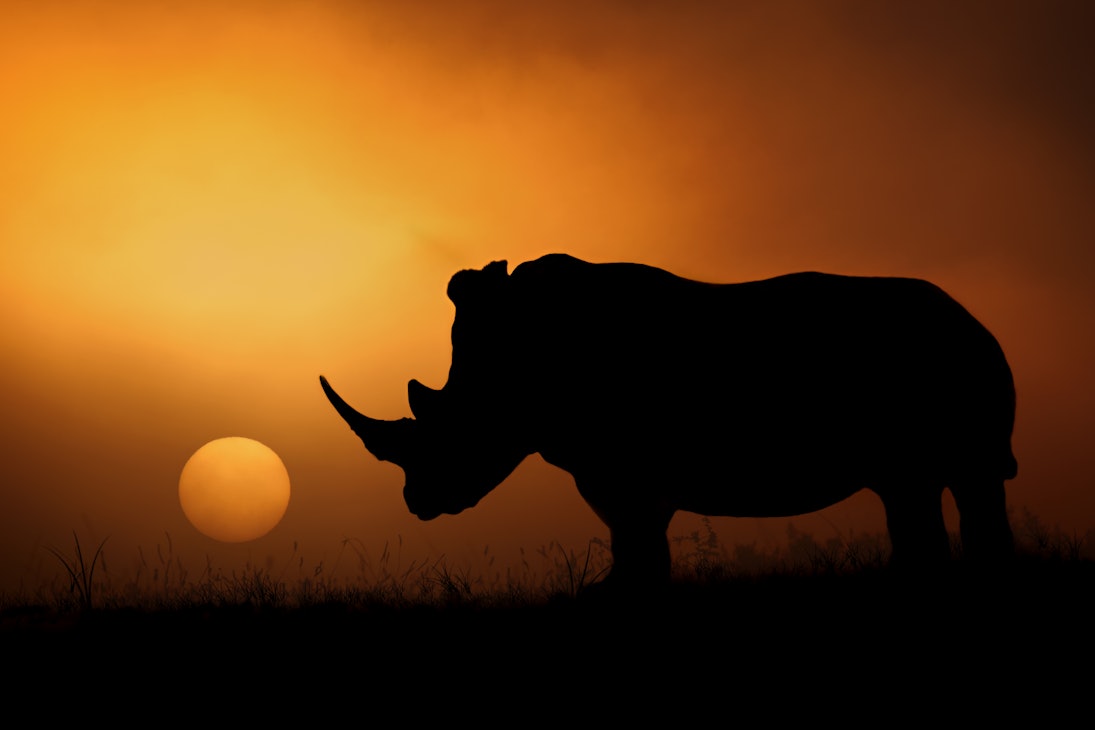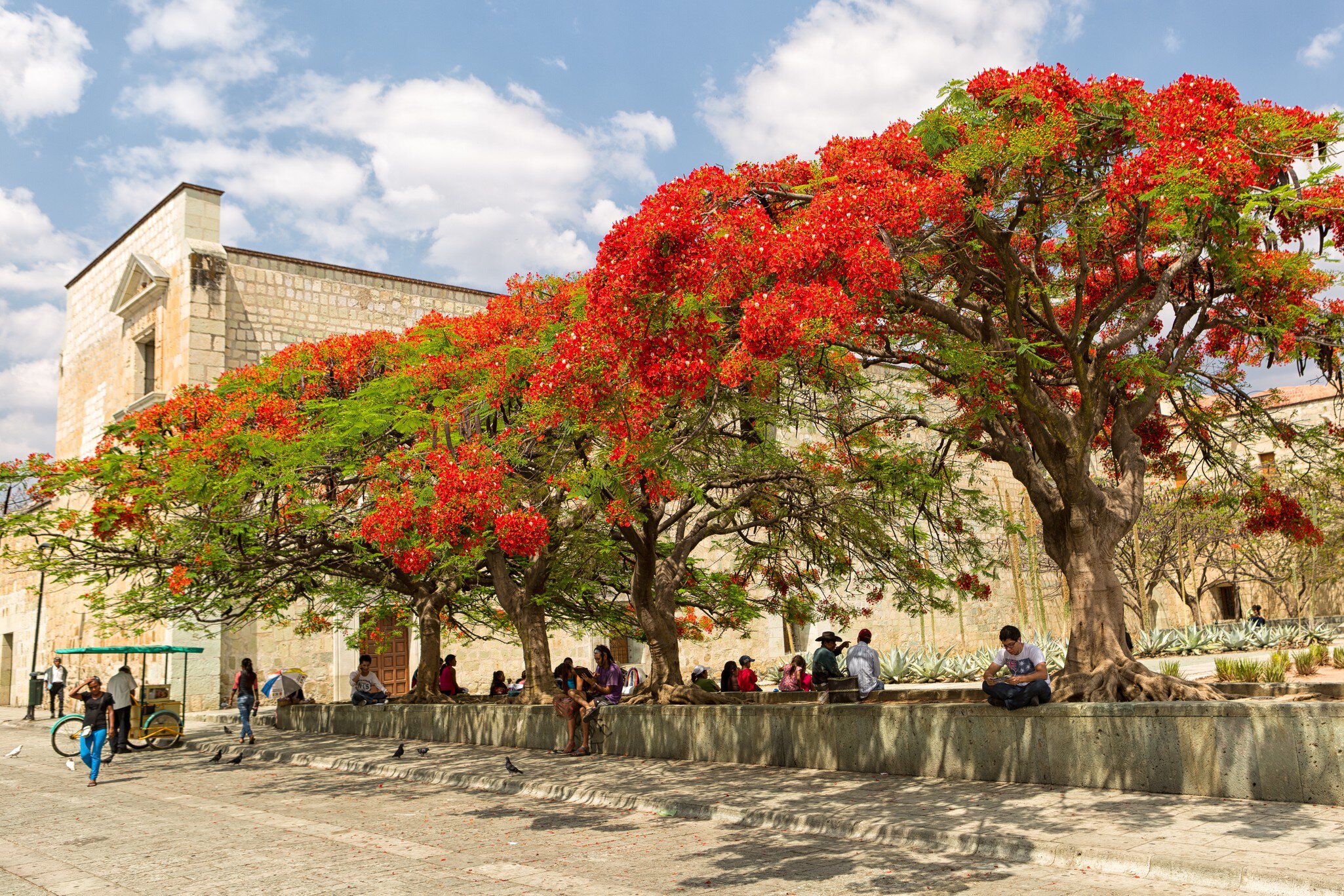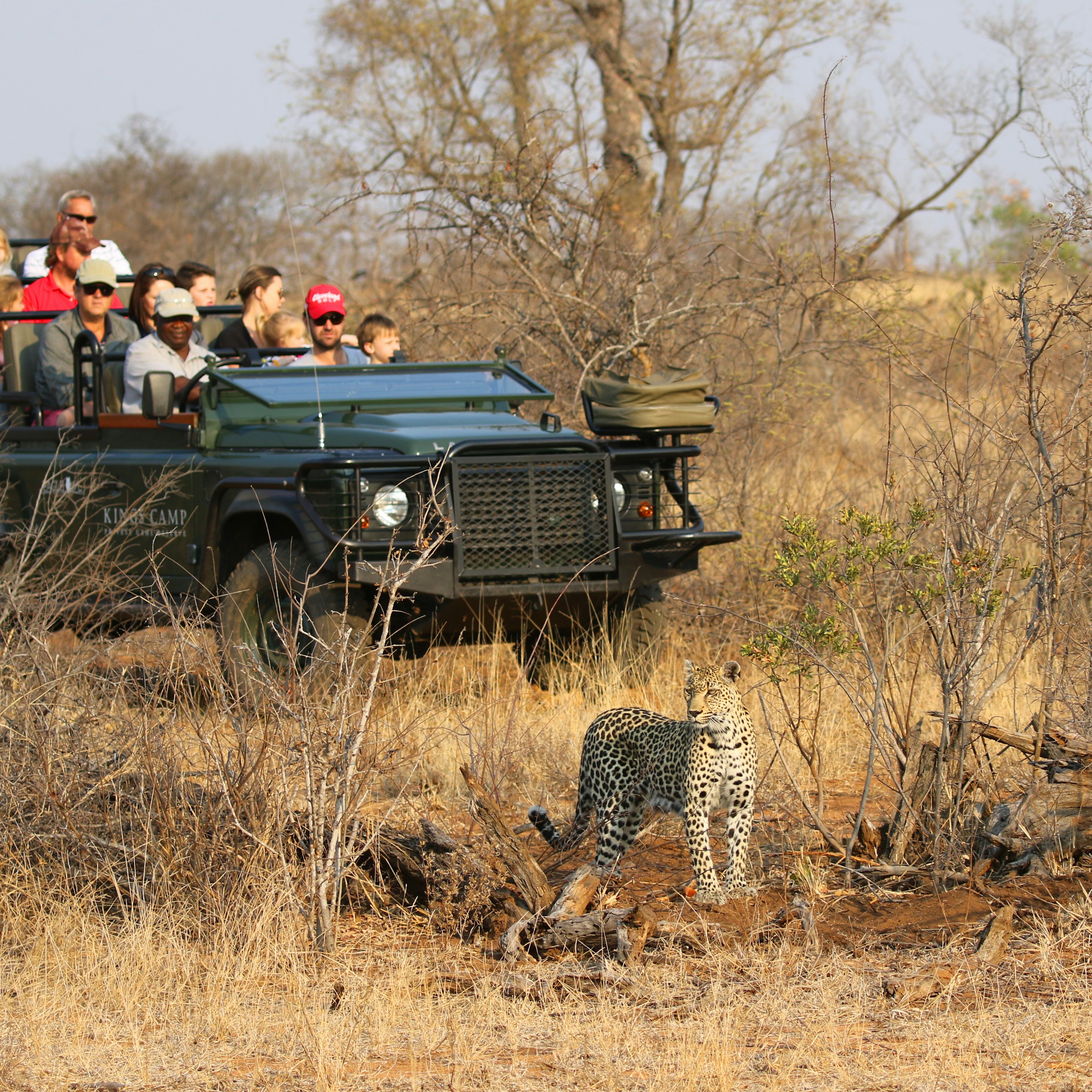

Overview
Kruger is one of the world's greatest wildlife-watching destinations. All of Africa's iconic safari species – elephant, lion, leopard, cheetah, rhino, buffalo, giraffe, hippo and zebra – share the bushveld with a supporting cast of 137 other mammals and over 500 varieties of bird.
Lonely Planet's Recommended eSIM
Stay connected in Kruger National Park
Saily is an affordable eSIM service that helps you stay connected and secure, anywhere in the world.
Must-see attractions
Get a book. Get inspired. Get exploring.
in partnership with getyourguide











